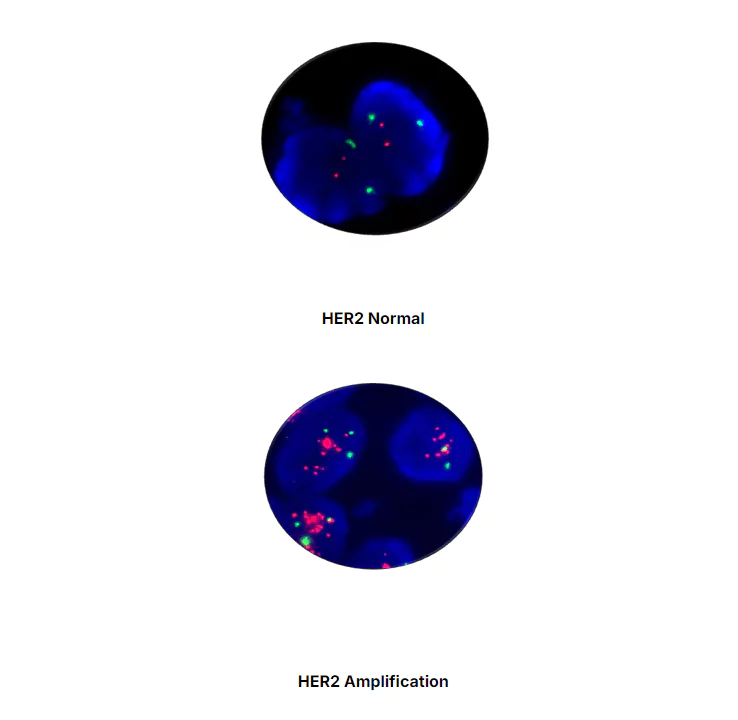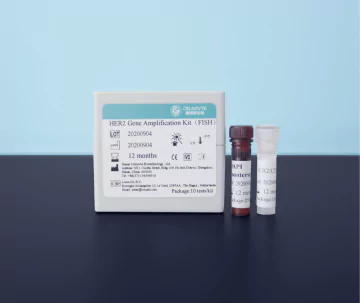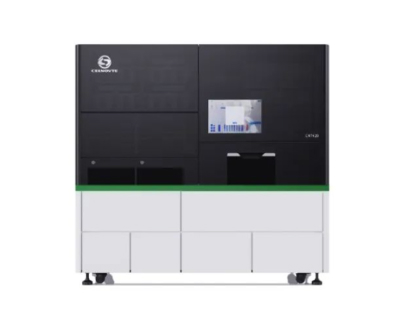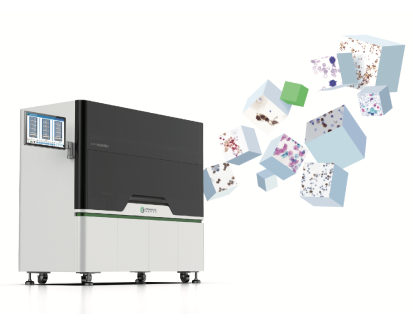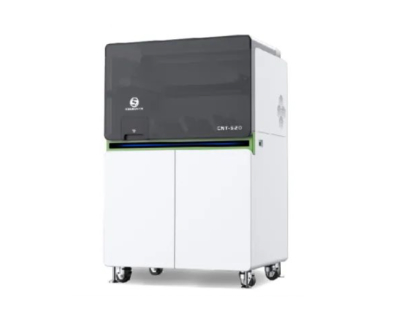How Do We Know If HER2 Breast Cancer is Positive?

By admin
What is HER2?
HER2 also known as human epidermal growth factor receptor is a protein that plays a role, in the development and survival of types of breast cancer cells. In breast tissue levels of HER2 are moderate. In around 20 to 25 percent of breast cancer cases, there is an overabundance of this protein. This increased presence frequently results in tumor growth. Is often linked to a less favorable outcome. Recognizing the HER2status is essential for customizing treatment options, for individuals diagnosed with breast cancer.
HER2 Status in Breast Cancer
HER status is checked by studying samples of cancer tissue to determine if the HER protein is excessively produced or if the gene has been amplified. Breast cancer that is HER positive tends to exhibit more characteristics than HER negative tumors. Therefore confirming the status can help physicians in deciding on treatment strategies that include targeted therapies, for addressing the HER pathways. Tracking this status does not provide insights into prognosis. Also aids in identifying potential treatment choices that play a crucial role, in enhancing patient outcomes.
Methods for Determining HER2 Positivity
Immunohistochemistry (IHC)
Immunohistochemistry (IHC) is commonly used to assess the HER positivity, in breast cancer by detecting the presence of HER antibodies in tissue samples from tumors on a scale of 0 to 3+. A score of 3+ indicates a level of HER expression in the tissue sample being analyzed through this test method which is preferred for its simplicity and visual feedback benefits; however, it’s worth noting that false positive or negative results may sometimes require additional confirmatory tests, for accurate diagnosis purposes.
Fluorescence In Situ Hybridization (FISH)
Fluorescence In Situ Hybridization (known as FISH) serves as a tool, in diagnosing HER positivity in a precise manner compared to Immunohistochemistry (IHC). While IHC analyzes the protein levels associated with HER positivity; FISH delves into the amplification of the HER genes within cancer cells for an evaluation of the HER status. Beneficial in cases where IHC results are inconclusive or borderline. This method is particularly useful in classifying tumors that may present results through IHC testing by providing a more thorough insight into the HER status, among breast cancer patients when combined with IHC analysis.
Diagnosing HER2-Positive Breast Cancer
Detecting HER breast cancer heavily depends upon a range of procedures being used in a step, by step process starting with analyzing tissue samples for any cellular changes and levels of HER expression through pathology review as the fundamental stage. There is an integrated approach involving tests like IHC and FISH to accurately identify the nature of the tumor which aids oncologists in devising treatment plans, for patients leading to improved therapies.
Pathology Review and IHC Testing
Pathology examination and immunohistochemistry (IHC) testing play roles, in determining the HER 3 status in breast cancer cases. The pathologist carefully assesses tissue samples from biopsies to identify features. Furthermore, IHC testing can validate the levels of HER 3 protein expression. By combining pathology assessment with IHC testing the accuracy is improved, enabling an evaluation of HER 3 positivity, in breast cancer cases.
FISH Technology: A Comparative Perspective
The FISH technology introduces an aspect to evaluate the HER status by providing a viewpoint that supports the IHC results effectively. This technique is particularly useful when the IHC outcomes are inconclusive. Through the utilization of fluorescent markers that attach to HER DNA FISH is capable of identifying the amount of copies of the HER gene aiding in profiling tumors. By combining both IHC and FISH findings medical professionals can create a diagnosis that enhances treatment choices.
The Role of Advanced Diagnostics
Cutting-edge diagnostic methods are crucial, for precisely detecting HER2 breast cancer cases. With the advancement of technology diagnostic tools have improved, enabling personalized and precise treatment approaches. Modern techniques like Next. Generation Sequencing ( NGS ) has become a part of procedures offering detailed information, about genetic changes linked to breast cancer. These innovations do not boost the accuracy of diagnoses. Also, support the development of specialized treatments that greatly benefit patients results.
“Celnovte leads the way, in improving breast cancer diagnosis with cutting-edge products that accurately determine HER status.” “Their focus on providing top-notch solutions equips healthcare providers with resources for evaluations that enhance patient treatment outcomes.” “As pioneers, in testing excellence ” Celnovte stands out as industry leaders who assist oncologists in making informed choices to effectively address HER breast cancer.”
Treatment Options for HER2-Positive Breast Cancer
Advanced treatments, for HER breast cancer have made strides by targeting specific molecular factors linked to the advancement of cancer cells. They work to block the overexpression of the HER protein in these cells. Trastuzumab (Herceptin) and pertuzumab (Perjeta) are drugs used for this purpose with proven results, in shrinking tumors and halting their growth by interacting with the HER protein and disrupting its routesThe advent of these treatments has changed the way HER-positive breast cancer is treated and has led to outcomes and increased survival rates, for patients.
Overview of Targeted Drugs
The range of treatment choices, for HER breast cancer, has grown significantly over time with the introduction of therapies like trastuzumab and pertuzumab playing distinct roles in stopping the signaling process controlled by HER-positive cells. Trastuzumab acts as a monoclonal antibody to tag cancer cells for clearance while pertuzumab enhances trastuzumab’s effectiveness by targeting another area on the HER protein to mount an assault, on cancerous cells. When using this combination treatment approach together it has been proven to generate a reaction compared to using each medication individually making it a vital weapon, in fighting the later phases of the illness.
Mechanism of Action of Common Therapies
The way HER-targeted treatments work usually involves stopping the HER receptor from pairing up with HER family receptors by blocking their dimerization process that triggers cell growth pathways and proliferation inhibition mechanisms in cells. Trastuzumab attaches to the part of the HER receptor. Stops it from teaming up with other HER family members essential, for tumor development. Limiting this association leads to reduced cell multiplication. Increased death of cancer cells due to responses. Grasping these processes offers insights, into tailoring treatment plans according to each patient’s needs to enhance treatment effectiveness while reducing potential side effects.
Combining Therapies
Combining targeted therapies, with treatments like chemotherapy and radiation can boost the effectiveness of the treatment strategy, for HER breast cancer patients significantly by tackling the tumor from different angles and improving patient outcomes overall.
Chemotherapy and Radiation Synergy
Chemotherapy remains part of treating HER2 breast cancer when paired with targeted therapies recent research suggests that effectively increasing the chances of achieving a full recovery by administering chemotherapeutic drugs alongside trastuzumab, in sequence as part of the treatment plan for this type of breast cancer can help minimize the risk of recurrence and eliminate any remaining tumor cells post-surgery combining radiation therapy with these treatments can improve overall outcomes by targeting tumor growth at different phases more effectively ensuring a thorough and successful approach, to combating the disease.
Advanced Hormone Treatments
In some situations, Hormonal therapies might be incorporated into the treatment plan, for HER breast cancer patients with hormone receptor-positive variations. Medications like aromatase inhibitors could be combined with HER-targeted treatments to estrogen levels that might stimulate tumor development. Recognizing the connection between hormone receptors and HER status is crucial, in improving treatment approaches and assisting doctors in creating customized therapy plans that enhance survival without causing systemic harm.
Integration of Precision Medicine Tools in Diagnosis
The advancement of precision medicine has changed how HER positive breast cancer is diagnosed and treated. Innovations, in tools, allow doctors to study tumor genetics thoroughly and choose personalized treatment plans, for each patient.
Breakthroughs in Diagnostic Kits
In the field of breast cancer diagnosis and treatment, advancements have been made in detecting HER positivity thanks to kits and technologies, like Next generation Sequencing (NGS). These tools provide in-depth profiling that helps to understand how tumors behave and makes it easier for doctors to pinpoint HER gene amplification more precisely than before using traditional approaches This new wave of diagnostic tools plays a crucial role, in personalized medicine by guiding treatment choices based on the individual molecular features of each patients tumor.
Celnovte’s HER2 Gene Amplification Detection Kit
Celnovte has established itself as a leader, in this field through the development of its HER2 Gene Amplification Detection Kit. This kit aims to offer rapid identification of HER 20 status allowing oncologists to make informed treatment choices at an early stage of the illness. By emphasizing quality control and precision Celnovtes technology simplifies the evaluation process guaranteeing that healthcare providers have information to shape their treatment plans. By utilizing the solutions offered by Celnovtes products doctors can anticipate precision, in diagnoses leading to more effective treatment results for individuals, with HER breast cancer.







